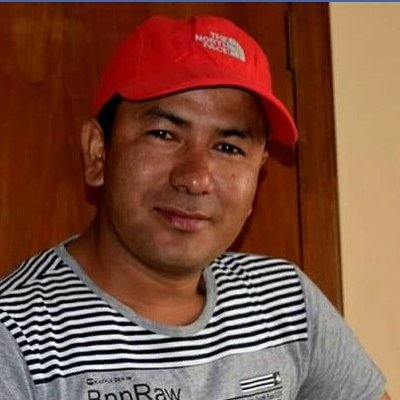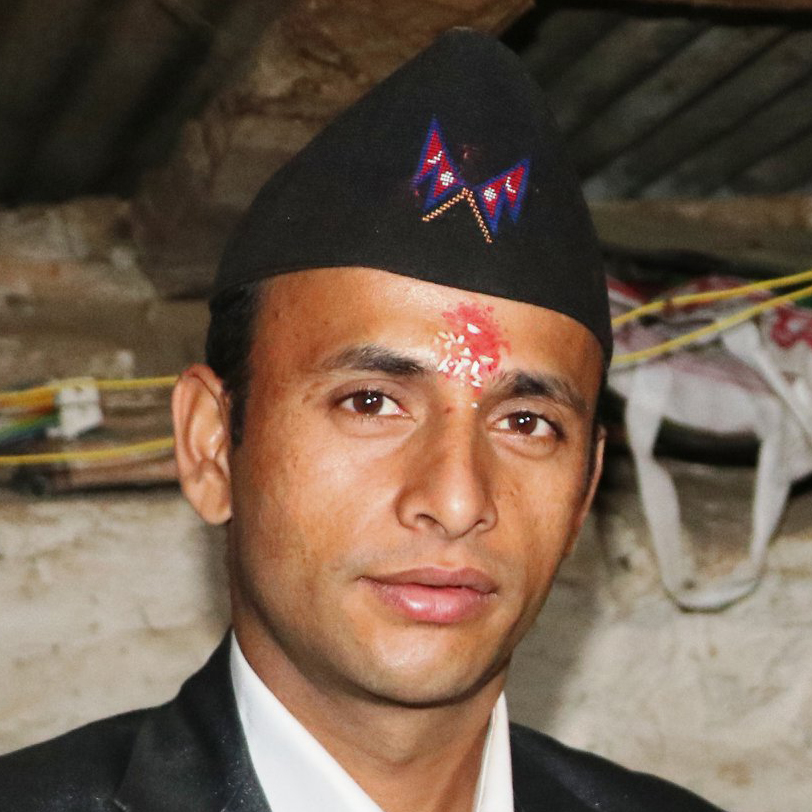Money
Private sector raises investment in hydropower projects in the Farwest
Private sector investment in hydropower projects has been increasing steadily in the hilly districts of far-western region.
Basant Pratap Singh & Manoj Badu
Private sector investment in hydropower projects has been increasing steadily in the hilly districts of far-western region.
A few months ago, Api Hydropower Company completed the 8.5 MW small hydropower run-of-the-river project in Naugarh River in Darchula. It was the first private sector project completed with an investment of Rs1.5 billion.
Now, investors are injecting Rs2 billion for the development of another hydropower project in the same river. In Bajhang, six hydropower projects are under
construction with more than Rs16 billion in investment.
Residents of remote Bajhang, who have been facing severe power shortage, are expected to get relief as soon as the 1 MW Jaude Gadh hydropower project is expected to be complete soon. The construction of the project started in 2016.
“The operation of the Jaude Gadh project will eliminate the electricity problem in Bajhang completely,” said Birendra Malla, director of Kalanga Hydropower Project, the developer of the project.
The 65 MW Kalanga Gadh is another project which is expected to come into operation by 2020. According to Malla, 50 percent of the works of the project has been completed. “It’s also the biggest project developed by Nepali private sector.” “If the ongoing and planned projects are completed in time, Bajhang will be known as a district of having the largest power projects in the province,” he said. It also houses one of the country’s largest hydropower projects—the 750-megawatt West Seti hydropower project. Similarly, 40 percent of construction works of the 38.46 MW Sani Gadh Hydropower project has been completed.
Nearly 20 percent construction of the 10 MW Upper Kalanga has also been completed. Likewise, another 25 MW project in Suni Gadh River is also in the development phase. The project is expected to generate energy within five years. Chilime Hydro Power is preparing to develop a 165 MW project in Seti River. The company officials said that the project is expected to begin this year.
Private developer Sambriddhi Hydropower Company has also started the process to acquire the licence to generate 140 MW of energy from Upper Seti River in Bajhang. The Nepal Electricity Authority has been constructing a 33 kV transmission line to connect the power evacuated with the national grid.
However, officials concerned said that the 33 kV line would not be enough if the proposed development of the projects are taken into account. “If the 132 kV transmission line is not completed in time, the power generated by the private sector will be wasted,” private power developers said.
“Unless the 132 kV transmission line is developed, the 33 kV transmission line will only be able to transfer electricity worth 10 MW, rendering the extra power generated useless,” said Lok Jung Kunwar, proprietor of Omega Energy Developer. “Within five years, different small and micro hydros will start producing a combined
130 MW energy.”
However, preparations are underway to connect the power generated by the 65 MW Kalanga Gadh to the national grid using a 165 Kv transmission line to the Blatch sub-station in Darchula.
As soon as the government constructed the 132 kV transmission line in the far west region last year to supply power from the 30 MW Chameliya Hydropower Project, the private sector has upped their investment in the hydro sector.
With more hydropower projects under construction in remote Bajhang and Darchula districts, locals have started getting jobs.
“The projects have generated jobs for daily and regular wage earners,” said Govinda Singh Thagunna, a local at Naugarh. “Before, there was a huge flow of seasonal migrants’ workers to India,” he said. “Besides, the demand and consumption of local products have also increased in the district.”




 17.12°C Kathmandu
17.12°C Kathmandu
















